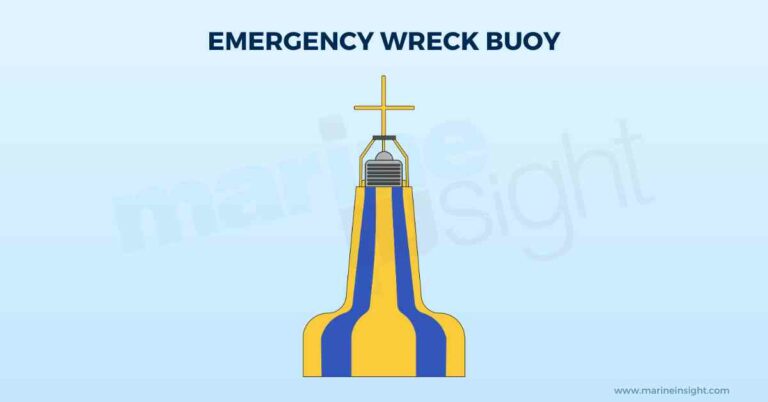What is Stowage Factor?
The stowage factor is an expression that determines how much usable space one tonne of cargo, by weight, can occupy. Learn more about stowage factor in this article

The stowage factor is an expression that determines how much usable space one tonne of cargo, by weight, can occupy. Learn more about stowage factor in this article

As the name suggests, an emergency wreck marking buoy is used to identify and mark wreckages at sea, at least temporarily. Know more about Emergency Wreck Marking Buoy inside the article.

Isogonic Lines aid in navigation, and mariners mostly use isogonic charts that have a collection of several isogonic lines. Find put more about isogonic lines in this article.

Fenders are used as guards for a vessel against impact with a jetty, dock, quay, berth, or any other ship close to a shore, preventing resultant structural damage.

Cardinal Marks are a crucial system of markings similar to safe watermarks but are essentially direction-based. Their name is derived from the mathematical concept of cardinality, or in simple words, grouping.

Sea marks are physical indicators for navigational aid and reference. Safe watermarks are used to identify a fairway, midchannel, end of channel, and landfall.

Wind significantly affects a floating vessel, though that is far lesser than the effect of water. Know more about the action of wind on a sailing vessel in this article.

Meteorological stations worldwide require access to sea conditions and marine environments to provide weather forecasts and warnings. This data is provided to the meteorological stations through a network of ODAS (Ocean Data Acquisition Systems), ship weather observations, coastal radars, and satellites.

Lubber lines are calibrated marks inside the dial or the binnacle of a compass that shows the direction of the vessel’s centreline, that is, the foe-aft orientation of the vessel.
"*" indicates required fields